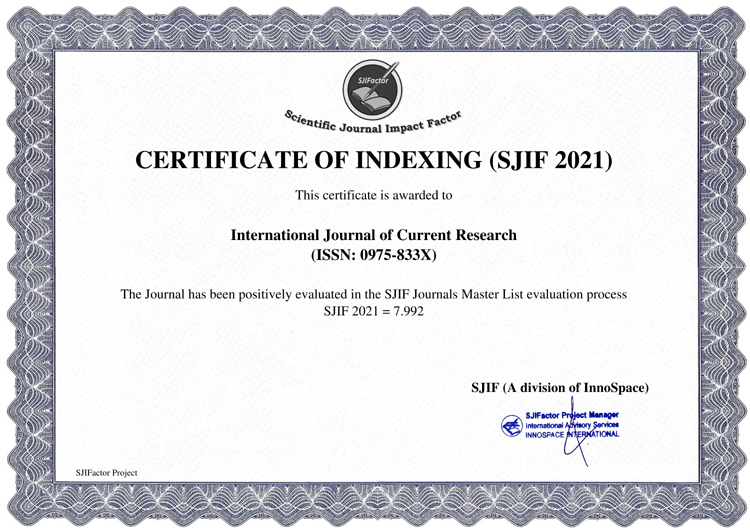Alzheimer’s disease (AD) is the most common form of dementia, characterized by progressive memory impairment, cognitive decline, and behavioral disturbances, and it represents a major public health challenge worldwide. Existing therapies, including cholinesterase inhibitors and N-methyl-D-aspartate receptor antagonists, provide only temporary symptomatic relief and do not modify the underlying disease mechanisms. Their effectiveness is further restricted by poor solubility, low bioavailability, systemic toxicity, and the protective nature of the blood–brain barrier (BBB), which prevents most drugs from reaching the brain. These limitations emphasize the urgent need for advanced delivery strategies. Nanotechnology has emerged as a promising approach to overcome these barriers. Engineered nano systems—such as liposomes, polymeric nanoparticles, dendrimers, solid lipid nanoparticles, metallic nanoparticles, and nano micelles—offer enhanced solubility, improved pharmacokinetics, sustained release, and targeted transport across the BBB. Many of these carriers have also been adapted for theragnostic use, combining drug delivery with imaging functions to enable early diagnosis and personalized treatment. Preclinical investigations show that nanocarriers can enhance the stability and brain uptake of anti-Alzheimer’s agents, reduce amyloid aggregation, and provide antioxidant and anti-inflammatory benefits. Despite encouraging progress, clinical translation remains limited due to challenges in large-scale production, regulatory approval, long-term safety evaluation, and economic feasibility. Addressing these barriers through international collaboration, harmonized standards, and integration of emerging fields such as RNA therapeutics and artificial intelligence may accelerate development. Overall, nanomedicine represents a transformative path toward disease-modifying interventions in AD.





